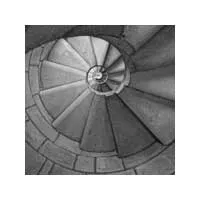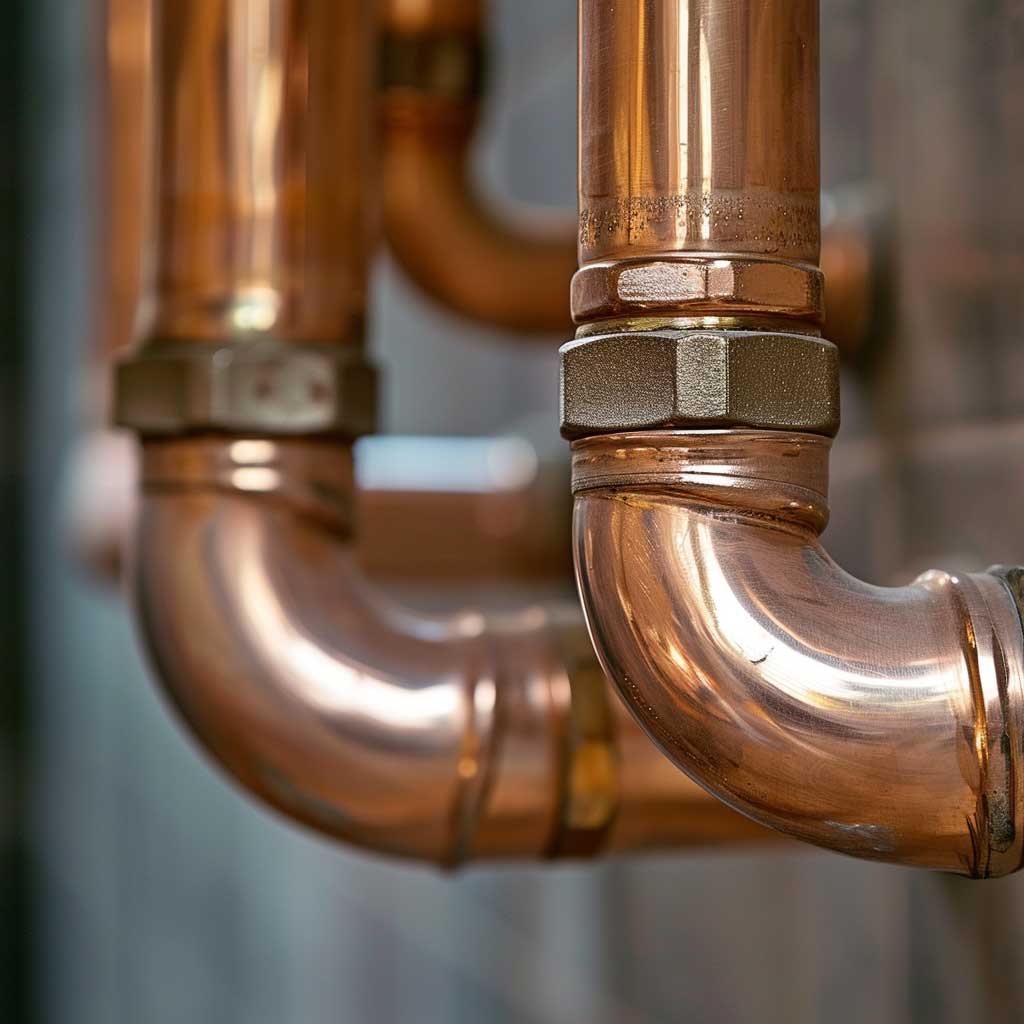When installing a freestanding bath, proper plumbing considerations are crucial to ensure functionality, aesthetics, and long-term durability. Here’s a comprehensive guide on the plumbing aspects to consider around a freestanding bath.
Positioning and Placement
Determine the optimal location for your freestanding bath within the bathroom space. Consider factors such as plumbing access, natural light, ventilation, and visual impact. Ensure there is sufficient space around the bath for easy access and maintenance.
Floor Drain Placement
Position the floor drain in a location that allows efficient drainage of water from the bath. The drain should be centered beneath the bath to prevent water pooling and ensure proper drainage. Consult a plumber to determine the ideal placement of the floor drain based on your specific bathroom layout.
Water Supply Lines
Install water supply lines to provide hot and cold water to the freestanding bath. Depending on the bath’s design and placement, the water supply lines may need to be installed beneath the floor or through the wall. Choose high-quality, corrosion-resistant pipes and fittings to prevent leaks and ensure reliable water supply.
Exposed vs. Concealed Plumbing
Decide whether you prefer exposed or concealed plumbing for your freestanding bath. Exposed plumbing adds a decorative element and complements the bath’s design aesthetic, while concealed plumbing offers a cleaner and more streamlined look. Consider your design preferences and consult with a plumber to determine the best option for your bathroom.
Overflow and Waste Outlet
Install an overflow and waste outlet system to prevent overfilling of the bath and ensure proper drainage. The overflow outlet should be positioned at a height that allows water to drain out when the bath is filled to the desired level. Choose high-quality overflow and waste fittings that are compatible with your bath’s design and construction.
Freestanding vs. Deck-Mounted Taps
Decide whether you prefer freestanding or deck-mounted bath shower mixer taps for your bath. Freestanding taps create a striking visual focal point and offer flexibility in placement, while deck-mounted taps are more streamlined and integrated into the bath’s design. Consider the style, functionality, and installation requirements of each option when making your decision.
Trap and Waste System
To ensure adequate drainage and prevent unpleasant odors from permeating the bathroom, consider installing a trap and waste system. Position the trap beneath the bath to effectively capture debris and deter clogs within the drain pipe. Choose a durable and corrosion-resistant trap and waste system that is compatible with your bath’s design and plumbing configuration.
Insulation and Soundproofing
Consider adding insulation and soundproofing around the plumbing components to minimize noise and vibrations during use. Consulting with a plumber or contractor can assist you in selecting suitable insulation materials like foam or rubber. These materials aid in minimizing heat loss, preserving water temperature, and reducing sound transmission within your bathroom.
Accessibility and Maintenance
Ensure easy accessibility to plumbing components for maintenance and repairs. Leave sufficient clearance around the bath for plumbers to access the water supply lines, drain, and waste fittings as needed. Consider installing access panels or removable panels to facilitate maintenance without damaging the surrounding walls or flooring.
Professional Installation and Compliance
To ensure the proper installation of plumbing components around your freestanding bath, it’s advisable to engage a licensed plumber or contractor. Confirm that the installation adheres to local building codes and regulations—in particular prioritizing safety and compliance. A professional installation will ensure proper functioning, reliability, and longevity of your freestanding bath plumbing.
By carefully considering these plumbing aspects and consulting with professionals, you can ensure a seamless and functional installation of your freestanding bath. Beyond just installation, proper plumbing guarantees efficient water supply, optimal drainage, and ease of maintenance—ensuring that your bathing experience remains enjoyable and hassle-free for years to come.
With attention to detail and expert guidance, you can confidently create a luxurious oasis in your home, where relaxation and comfort await.







